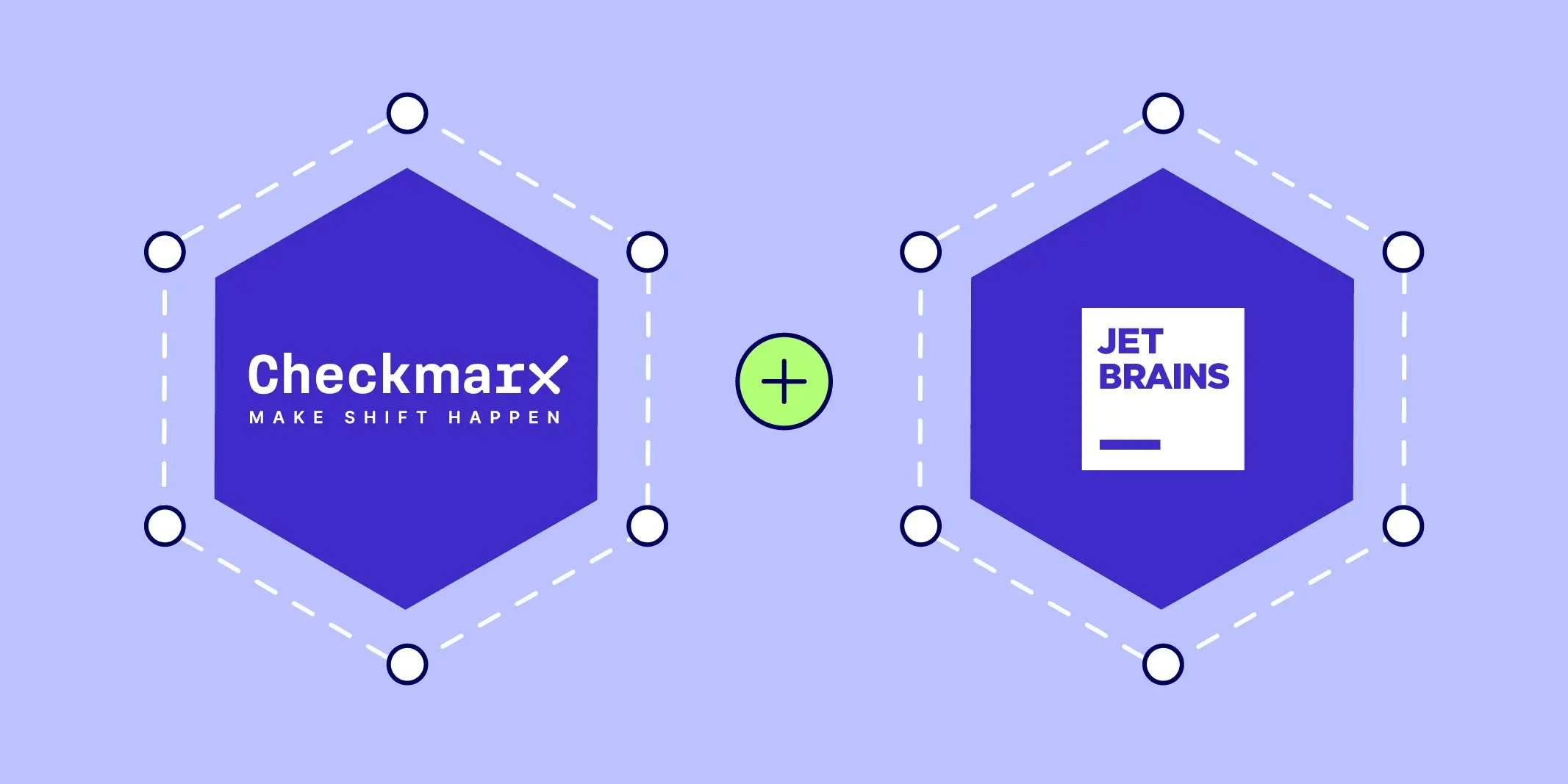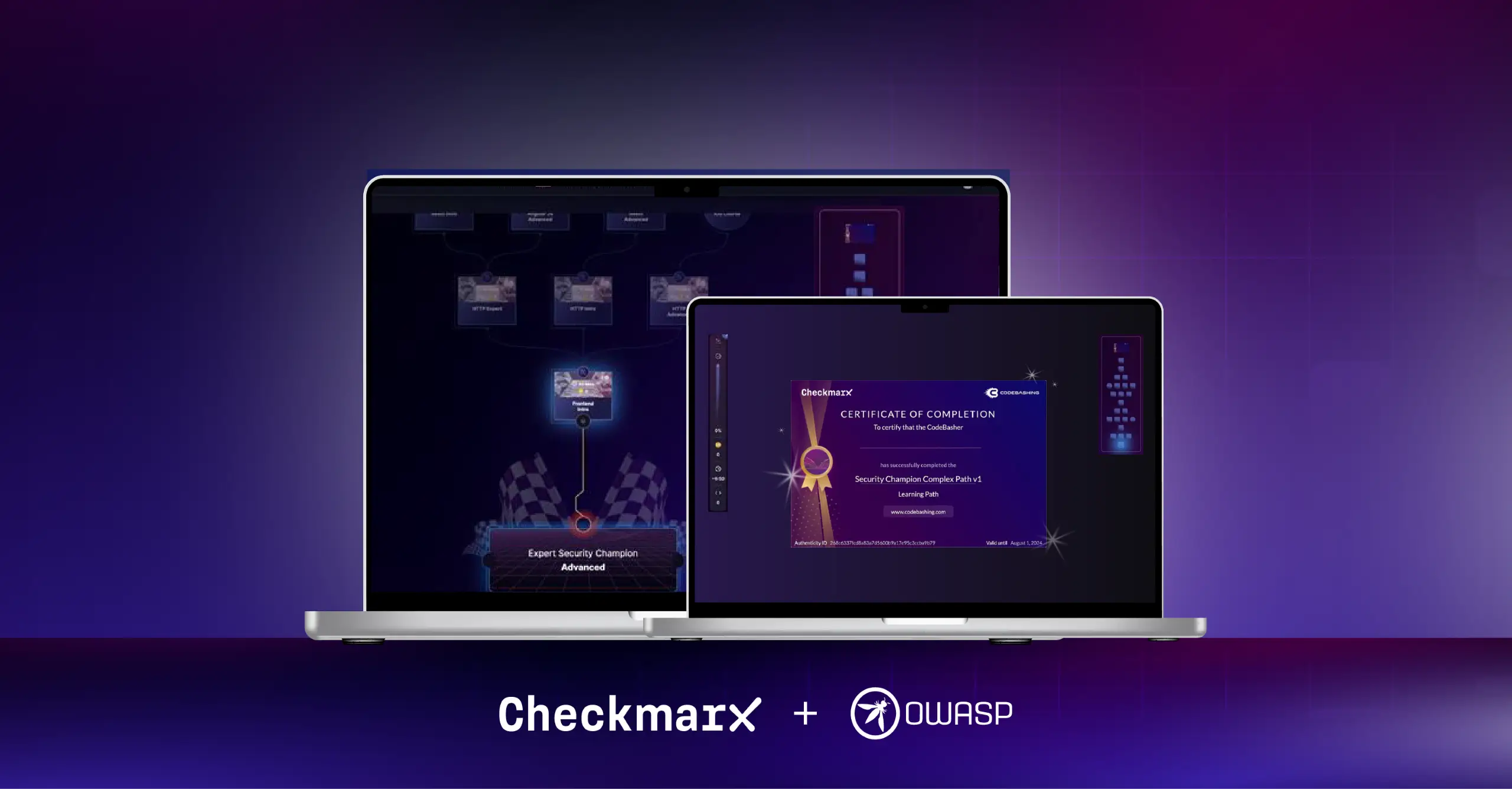Article's content
More on Static Application Security Testing

Sometimes the best way to be proactive about software security is to stop everything. At least, this is the case with code analysis. Examining lines of code while it is still or static, known as static code analysis (SCA), is a form of white box testing that happens when the code is fresh off the developer’s fingers. It gets to the root of flaws in the code before those problems grow bigger and harder to fix down the pipeline. But what exactly is involved in SCA? How can organizations easily adopt it so it can lead to a better security posture? Let’s dig in:
The Five Ws of SCA
Who
Chief information security officers (CISOs), AppSec leaders, and other executives running large in-house development teams should have static code analysis on their radar.
SCA is a type of analysis that looks at several factors, including style, formatting, quality, performance as well as security flaws. SAST or Static Application Security Testing applies SCA as it analyzes an application’s source code for security vulnerabilities without actually executing the code.
The main goal of SAST is to identify potential security vulnerabilities and flaws in the code that could lead to a security breach.
SAST provides organizations with an enterprise application security solution for developers working on software for web applications, desktop or “thick” clients, and mobile applications as the core part of the business.
What
As stated earlier, static code analysis is a form of application security testing that examines source code or compiled code before deploying to production.
Static analysis security testing tools help to automate this process. The tools run on rules that instruct the analysis engine to look for insecure coding practices. Developers work fast to meet deadlines.
They don’t usually think like attackers, and they may not have knowledge of security standards and controls relevant to the project.
Sometimes even a simple mistake can lead to big consequences if these flaws are released with the code and discovered by an attacker.
When
There are five stages in the secure Software Development Life Cycle (SDLC) — requirements, design, development, testing and deployment.
Static code scans are done in the development stage, when coding is happening. This way, developers can address issues when they are actively creating the code and the issues are top of mind.
SCA is designed to work with the developers’ processes with as little disruption as possible.
Where
Ideally, the best static application security testing (SAST) tools will have a user-friendly dashboard that allows AppSec teams to see clear, accurate results with simple remediation tips. Some application security testing platforms have plug-ins that allow results to be viewed from within the existing IDE platform with the interfaces the developers are already using. Discover whether SAST will integrate with your existing AppSec platform and other tools by downloading the 10 Key Considerations When Choosing a SAST Solution e-book.
Why
Developers play an important part in security. But with increasing demands on output with shorter deadlines, having a “security first” approach requires tooling, monitoring, and remediation guidance.
A SAST scan can sort through thousands of lines of code in a few minutes. It helps to prioritize vulnerabilities and get the exact fix solutions.
The Checkmarx One SAST tool even goes a step further with its “best fix location” (BFL) feature that points to the exact spot in the buggy code that needs fixing. The risks of common application layer exploits including SQL Injections, Cross-Site Scripting (XSS), Cross-Site Request Forgery (CSRF), and other malicious attacks are drastically reduced.
By eliminating vulnerabilities early on, developers improve the quality, reliability, and security of their code.
How to Choose the Right SAST Tool
There are different ways to examine non-running code. Perhaps the most basic is using regular expressions. These text strings look for patterns in lines of code to find flaws and potential points of exploit. One of the issues with using regex is that it is extremely slow as it searches through combinations of patterns for exact matches. It also does not provide context for the weaknesses that may help developers in supplying a fix. Because it is essentially only “searching” or “grepping” lines of code, it does not provide visibility into how the code performs when in use. While using regex can find irregularities in the code, it can’t determine whether it has discovered a bona fide vulnerability that requires attention. These are some of the many reasons regex testing should be just one part of a multi-faceted approach to analysis.
Data Flow Analysis
Data Flow Analysis is a much more resource-intensive method than regex. It is a deep and thorough examination of not just the code itself, but the way code works. Data flow analysis tracks how data flows through the application, from when it is input by the user to the point where it is passed through different statements or blocks of code to affect the data, and finally to the output. Used along with rules, this helps to spot injection and encoding problems (like XXS) and can assist in verifying that privacy requirements are being enforced.
Control Flow Analysis
Control Flow Analysis goes beyond the code itself to inspect the operational sequences involved. For instance, authentication may be required before a user can access a certain service or function. Some of the operations that control flow analysis covers include opening and closing resources, validating session IDs, and ensuring secure cookies.
Checkmarx Static Application Security Testing uses all three methods to provide fast and accurate incremental or full scans needed to secure applications. It allows users to fine-tune their AppSec solutions to boost the accuracy of alerts so that it builds developer trust. See Checkmarx SAST in action by watching this short video on SAST source code scanning.
Limitations of SAST Tools
As powerful as SAST is in finding vulnerabilities in code, it can’t do it all. There is still some follow-up work in interpreting the results of the static code scans. A big part of this work is in determining false positives — and false negatives. Using an application testing tool that supports presets allows users to customize scans for each application being scanned and reduces the number of false positives. Take a look at Checkmarx SAST’s use of Tailored Presets and Custom Queries for more details.
SAST also relies on rules configured to the specific architecture and program, and it won’t be able to identify new bugs and vulnerabilities without these rules in place. This is where a complete application security testing platform or AppSec platform comes in.
Dynamic Application Security Testing
Some vulnerabilities can only be detected in a real-world situation during an actual attack. This is why additional layers of testing are needed. Dynamic Application Security Testing or DAST scans code for vulnerabilities while it is running, but before it is pushed live. All an attacker needs is to find that one flawed piece of code to compromise the system. The automated DAST runs as part of the CI/CD process to ensure apps are scanned at runtime before being pushed to production. Users can create a new environment and include the URL they want to try to compromise. This provides a holistic insight into the lifecycle of the code. DAST can flag potential vulnerabilities such as injection attacks, authentication issues, and session management flaws.
Building Trust Increases Security
t only takes one vulnerable piece of code to open the door to an attack or breach. These events can cost a company millions of dollars a year, including changes or loss of data, regulatory fines, and damage to its customer trust, reputation, and brand.
Organizations that place a premium on security use static code analysis security as part of a cloud-native application security platform like Checkmarx One in its development pipeline. When used along with a comprehensive solution, this complete application security testing platform is an organization’s first line of defense against cyberattacks.






